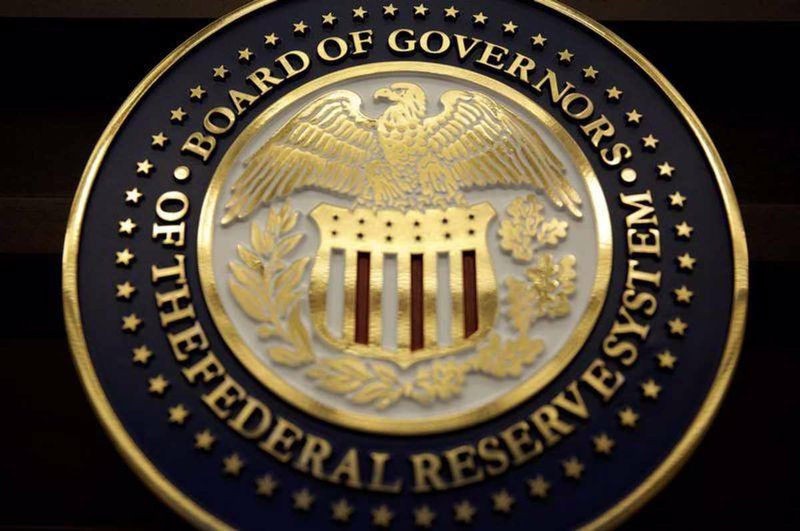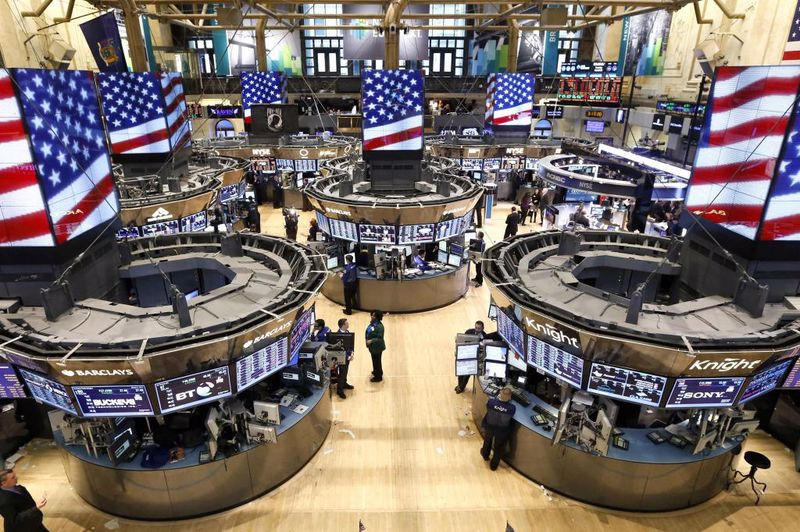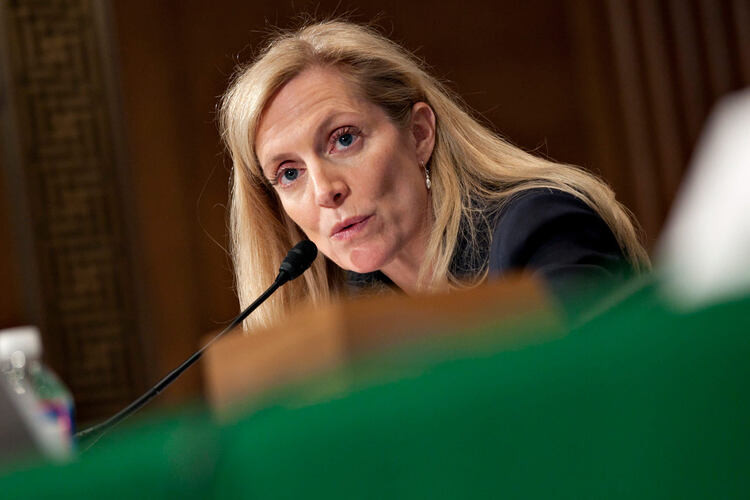On Monday, the EUR/USD bulls took a break after a rapid rush to the upside, which took place in the second half of the previous week.
In addition, the weakening of risk sentiment did not allow the main currency pair to gain momentum.
The US inflation data for October that was published last Thursday turned out to be softer than expected.
In annual terms, the indicator grew at the lowest pace since January – by 7.7%.
These data gave rise to hopes that the peak of consumer prices in the US is already over, and caused a rally in risky assets. At the same time, the dollar suffered significant losses against its main competitors, including the euro.
No sooner had the greenback recovered from one blow, than it received a new one – from China.
The greenback continued to fall on Friday after a sharp sell-off the day before.
This was facilitated by media reports that Chinese health authorities have eased some of the strict restrictions against the spread of COVID-19 in the country.
As a result, the USD index sank by more than 4% last week, which was the worst indicator since March 2020.
Meanwhile, the S&P 500 index showed the biggest weekly gain since the end of June, increasing by almost 6%.
Taking advantage of the sharp drawdown of the dollar, the EUR/USD pair registered the highest weekly close since the beginning of July. According to the results of the last five days, it rose by more than 390 points and finished in the area of 1.0350.
"The impressive level of fullness of European gas storage facilities, a large volume of short positions in US stocks, the end of the midterm elections in the United States, positive seasonal factors – all this helped the market," Deutsche Bank strategists noted.
The increased expectations that the Federal Reserve will raise the interest rate by only 50 basis points in December, which is less than 75 basis points at the last four meetings, added to the positive.
This change in position means that the dollar has reached its peak and will decline in 2023, according to Morgan Stanley analysts. They believe that the Fed will implement the last rate hike in this cycle in January 2023, and a rate cut will follow in the fourth quarter.
Futures on the federal funds rate now predict that this rate will reach 5-5.25% in the spring, compared with 3.75-4% currently.
Michael Wilson of Morgan Stanley believes that in the short term, the recovery of the US stock market, caused by good inflation data last week, will last for several more weeks.
At the same time, he predicts a difficult situation for US stocks in 2023.
According to Wilson, the agreed estimates of the profits of American companies for 2023 are still too high.
According to its baseline scenario, the indicator will decrease by 11% in 2023, and then recover sharply in 2024, when positive operational leverage returns.
Wilson expects the S&P 500 index to fall to levels between 3,000 and 3,300 points – at least 17% below current levels – in the first quarter of 2023.
He recommends that stock investors remain on the defensive in terms of sector and style until earnings estimates reflect a downturn.
Meanwhile, Mislav Matejka of JPMorgan Chase is more positive about stocks.
He sees constant support for the US stock market from reaching the peak of the yield of treasuries, slowing inflation, easy positioning and the likelihood of a smaller than usual reduction in profits.
Global stock markets are on the wave of a "Fed reversal" and are recovering as investors look forward to 2023, when the US central bank is expected to complete its rate hike cycle, DNB analysts say.
According to them, the euro's recovery against the dollar was quite sharp. This happened as a result of a significant reduction in the long positions for the US currency, which were occupied by investors seeking to profit from the months-long growth of the dollar, experts say.
"The question is how much higher the EUR/USD pair can still trade. This, in turn, in our opinion, depends mainly on risk appetite. If the situation improves, the EUR/USD pair is likely to continue to grow and can easily reach 1.1000 or rise even higher in three months," they said.
"On the other hand, if global stock markets fall sharply as the US economy approaches recession, while the Fed continues to raise interest rates to combat high inflation, the EUR/USD pair is likely to fall below parity again," the strategists added.
"Since we are leaning towards the latter as the most likely scenario, we do not believe that the EUR/USD pair will continue to grow sharply in the short and medium term, but instead will continue to trade in the range of 0.9700-1.0500 in the next three months," they said.
TD Securities economists believe that the main currency pair will fall below parity again, despite the recent upswing.
"The macro forecast assumes the weakness of the euro at the beginning of the new year. The single currency is closely linked to the expectations of European and global growth. We don't expect the global outlook to hit bottom until the second quarter of 2023. The euro is also subject to a shock from winter trading conditions, especially if the weather in the eurozone is cooler than expected. The EUR/USD pair is likely to reach the bottom around 0.9600, which will pave the way for a sharp rally in the second half of next year," they said.
The main question hovering in the markets now is whether the greenback has reached its peak, TD Securities analysts say.
"The best part of the relentless USD movement seems to be over, which could lead to a broader reversal next year. However, we believe that this will require some patience, as the sequence of actions is likely to consist of a peak, consolidation, and then a reversal," they said.
The dollar is trying to form a base after the release of the October consumer price index in the United States, Westpac analysts say.
"September highs above 114 increasingly resemble a cyclical peak, but we expect that support will begin to show up around 105," they said.
On Monday, the market euphoria observed at the end of last week subsided somewhat.
Explaining the changes they have made to quarantine measures, China's top health officials noted that they are not relaxing the rules, but, on the contrary, clarifying them.
"It is necessary to maintain a strategic focus, scientifically and accurately carry out the work on the prevention and control of epidemics," the National Health Commission of China said in a statement released on Sunday.
On the same day, the International Monetary Fund (IMF) reported that the outlook for the global economy is becoming more gloomy than predicted last month.
The global lender blamed the deterioration of the forecast on the tightening of monetary policy in the world caused by persistently high and widespread inflation, weak growth rates in China, as well as ongoing supply disruptions and food insecurity caused by the conflict between Russia and Ukraine.
Last month, the IMF lowered its global growth forecast for 2023 to 2.7% from a previous estimate of 2.9%.
In addition, the comments of Fed Board member Christopher Waller made over the weekend were a cold shower for investors. He warned that the battle with inflation has not yet been won.
Waller said that the market should not get carried away with just one "data point".
He added that the Fed may consider slowing the pace of rate hikes at its next meeting, but this should not be seen as easing the fight against inflation.
Against this background, the dollar managed to regain its composure in the morning on Monday after a sharp drop last week.
The USD index rose to a local high around 107.10, rebounding from Friday's almost three-month low of 106.20.
At the same time, US stock index futures moved into negative territory.
The EUR/USD pair was also under pressure and sank to a local low at 1.0270.
Risky assets cheered up somewhat after the deputy head of the Fed, Lael Brainard, said that the data published last week, indicating a slowdown in overall inflation and, in particular, commodity prices, were encouraging.
Investors especially liked her statement that it would probably soon be appropriate for the Fed to move to a slower pace of increasing borrowing costs.
According to Brainard, as the Fed's policy becomes more restrictive, the balance of risks will become more two-sided, which means that higher interest rates may begin to slow down the labor market enough to jeopardize the central bank's second mandate to ensure maximum employment.
Some market participants considered the comments of the vice-chairman of the Fed a clear sign that the central bank will begin its long-awaited "dovish turn" as inflation begins to decline.
As a result, the dollar lost about a third of the points scored during Monday's session.
The USD index closed with an increase of almost 0.5%, around 106.70.
Although risky assets led by US stocks and the euro were able to somewhat reduce the daily losses, they ended trading in the red zone on Tuesday.
The S&P 500 index fell by 0.89% to 3,957.37 points, and the EUR/USD pair sank by 0.25%, finishing near 1.0325.
On Tuesday, the dollar failed to build on the modest gains made on Monday.
The greenback has lost ground against other major currencies, including the euro, as interest in risk has returned to the markets.
Demand for the safe-haven dollar fell after data on the United States provided additional evidence that inflation in the country began to decline.
Reflecting the risk-friendly market atmosphere, key Wall Street indicators were mostly growing on Tuesday. In particular, the S&P 500 is gaining about 1%.
On Tuesday, the US Department of Labor reported that in October, the producer price index (PPI) in the country increased by 8% year-on-year and by 0.2% compared to September. Analysts on average predicted an increase in the first indicator by 8.3%, the second by 0.4%.
These figures followed a smaller-than-expected increase in U.S. consumer prices for October last week.
The October PPI data encouraged investors who were closely watching the inflation data in search of signs that the Fed may slow down the increase in interest rates, which are aimed at curbing price growth.
Tracking the improvement in market sentiment, the protective dollar on Tuesday updated three-month lows, sinking below 106 for the first time since mid-August.
In the event of a strengthening of the bearish momentum, the greenback can test the 200-day moving average, which is currently at 104.90.
Below this area, the USD outlook should change to negative.
Amid the dollar's retreat on a broad front, the EUR/USD pair resumed growth and reached new multi-month highs above 1.0400.
"In recent weeks, the euro has shown a strong rebound against the dollar, as a result of which the EUR/USD pair has risen even higher than the low since the end of September at 0.9536. The downward trend that has been observed since the beginning of the conflict in Ukraine since the end of February has just been broken, which is a strong technical signal that the balance of risks has become less favorable for the greenback in the near future. The best scenario for the dollar in the coming month is that it will begin to settle at lower levels against the euro between 1.0000 and 1.0500," MUFG Bank specialists noted.
"There is an increased risk that the dollar sell-off may continue if the EUR/USD pair overcomes the resistance reinforced by the 200-day moving average at 1.0435. This will open the door for growth to the next resistance area at 1.0800-1.1100. The pair has not closed above the 200-day moving average since June 2021," they added.
"The main downside risk for our bullish EUR/USD sentiment in the coming month will be a sharper sell-off of risky assets caused by increased concerns about a hard landing of the global economy. This would trigger renewed demand for safe assets, including the dollar, pulling EUR/USD back below parity and to annual lows. This may also lead to stronger data on the US consumer price index for November, which will be followed by a hawkish Fed policy update next month," MUFG Bank reported.















